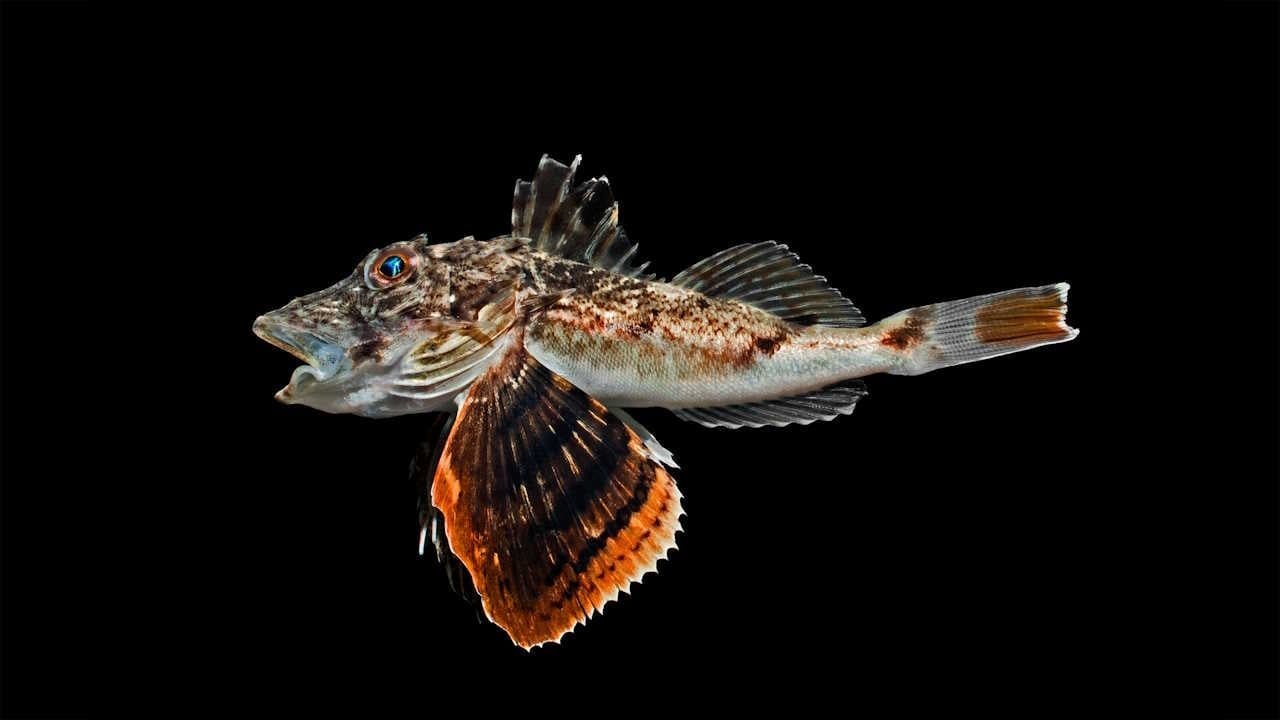Sea rooster fish have learned to taste the bottom with their "feet" in search of food

Fish of one species of sea cocks use their leg-like appendages not only to move along the bottom, but also to taste its surface in search of food, according to a study by American geneticists. They discovered the genes that are responsible for the formation of "legs" in sea cocks, and the ways in which these appendages are used by fish. The Guardian reported on the discovery with reference to an article in Current Biology magazine.
How was it possible to establish a sense of taste in fish?
Scientists conducted experiments with fish of the species Prionotus carolinus from the family of sea cocks. They have six leg-like structures that arose from modified fins. As it turned out, these fish are able to find buried prey and capsules with mussel extract, but not capsules with ordinary seawater. During contact with chemicals from food products, nerve fibers are activated in the appendages on the belly of these fish. They presumably conduct signals from small taste buds on their limbs, which are similar to structures on the human tongue.
Researchers suggest that sea roosters originally used appendages for locomotion, and other properties, such as increased sensitivity and the ability to sense taste, appeared later in evolution. But not all species of this genus have them - Prionotus evolans, for example, does not have the ability to feel tastes with its feet. Studying cockroaches will help scientists understand how new body parts and new traits emerge through evolution, and how the brain evolves and adapts to process signals from new receptors.